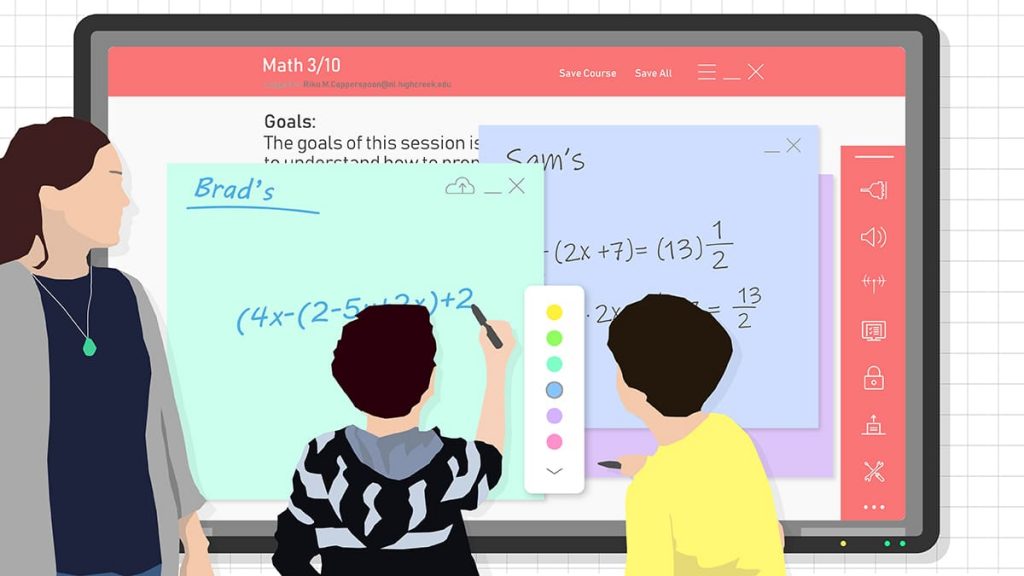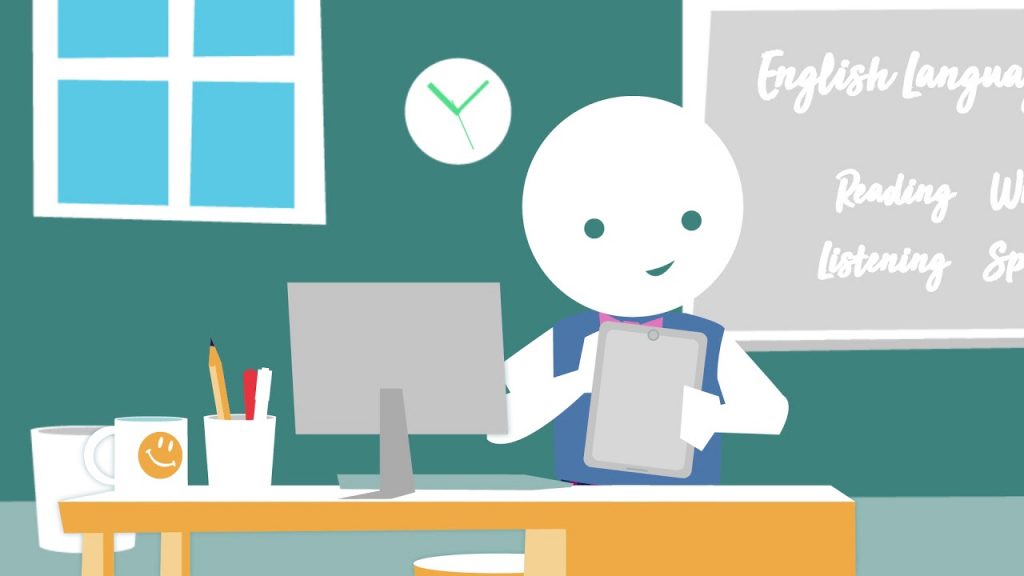Online learning is the name of the game, and everything from early childhood education to professional development courses are being conducted virtually in 2024. Following the online boom during the pandemic, more tech innovators have entered the education sphere.
From reading comprehension apps like ReadabilityTutor to health and wellness curriculum, you can use your mobile devices to stay connected and learn whenever you can.
Utilizing these tools can help learners and teachers of all levels maximize their comprehension skills, retain critical information, in-class confidence, and more.
Read on to learn more about the top tech tools on the market within the education sphere.
Virtual Whiteboards

We all remember watching our teachers or fellow classmates walk up to the chalkboard or whiteboard to work out a problem in class. But, social distancing has changed the way classrooms are structured to increase safety without hindering learning potential for young and adult students.
VIrtual whiteboards are the internet’s hottest solution for visual learners who want to participate in a forum-like classroom environment. These systems allow students and teachers to connect virtually with nothing more than an enabled device and internet connection.
Users can write, draw, mindmap, and even give spoken presentations with the help of these interactive and cloud-hosted resources.
Sometimes an outline can leave out helpful information, or students might need an extra push to work through a complicated problem. In these cases, virtual whiteboards are a cost-effective and easy-to-implement classroom and home solution.
Online Classroom Presentation Tools

Another aspect of the learning process that has been changed recently is the context with which people can give spoken and written presentations.
Similar to virtual whiteboards, online presentation programs allow teachers and students to conduct regular classroom assignments in a remote-friendly online environment. Across virtually every subject or specialization, this revolutionary tool is connecting students with their peers, teachers, and learning material like never before.
Today, many systems are already outfitted with AI-enabled features that can easily and seamlessly follow along with your presentation in real time. Rather than clunky slides and cue cards, you can ensure that your data points flow with your speech pattern with voice-activated technology.
Being able to easily glide through a nerve-wrecking presentation is also a great way to boost confidence for those who struggle with public speaking or other extroverted activities.
For teachers, being able to streamline the classroom structure is helping them to save time and stress on everything from lesson planning to conflict resolution arising from difficult chapters or subjects.
By allowing students to access presentations after the class period is over, teachers are also effectively using educational presentation platforms as a helpful study and review tool.
Remote Video Conferencing

As we saw with the tech boom in 2024, video conferencing has taken over as a seamless way to connect people independent of their physical location. With nothing more than a connected device and adequate Wi-Fi network, it’s easier than ever for teachers, tutors, students, and parents to connect without the hangups of voice or text-only communication.
In addition to making it easier for teachers and students to connect from home, video conferencing is creating a more accessible educational environment for underserved communities. Those in rural or less-connected locations have traditionally struggled with attendance and engagement metrics, largely as a result of financial security or access to transportation.
Instead of being limited to their physical proximity to the classroom, video chat and conferencing platforms have opened up the academic sphere to those who have been marginalized by traditional teaching environments.
For students who are also juggling demanding schedules or busy home lives, this type of remote tool can allow them to study and complete assignments on their own time. Added flexibility and adaptability is cementing video conferencing as a mainstay in the modern classroom.
Reading and Writing Apps

Learning how to read, write, and understand text in a new language or your own can be one of the best skills to add to your repertoire. From the first stages to tackling full-length books, using a mobile app to boost reading comprehension and fluidity could completely transform the way beginners and parents look at learning how to read.
Instead of carrying around bulky flashcard kits and a library full of books that align with your child’s (or student’s) reading level, you can keep everything you need in a mobile device.
Reading apps comes with a variety of stories to encourage readers with subjects that interest them. Additionally, voice-activated progress tracking and real-time reporting can give students and their guardians a closer look at their strengths and weaknesses.
Being able to correct their own mistakes and work through reading issues on their own can boost the user’s confidence, agency, and independence in their study plan.
Multi-Factor Security and Biometric Authentication

You might not be concerned with the vulnerability of your online devices in the classroom, but the current work-from-home culture has opened a slew of risks for all types of web users.
Protecting your personal information, as well as that of your children or students, is more essential than ever before. Cybercrime in education rose by 630% between January and April of last year, and has continued to grow during the ongoing pandemic.
Most educational tech tools feature some form of identification, such as a password or code. But, utilizing multiple types of authentication can increase your level of security to virtually 100% every time you log on.
Before logging on to your device using an unsecured or public connection, be sure to enable some form of multi-factor authentication such as:
- Text message verification
- Smart cards
- Authentication apps
- Biometric login
Brute force attacks are also rising in online popularity among cybercriminals, but using MFA can effectively reduce your chances of incurring this type of threat by almost 99% across all industries.
The world of education has been turned on its head, but it’s easier than ever for students and educators to connect and thrive in the online sphere. These are just a few of the top resources on the market for new-age learners, teachers, and professionals.





![Calgary’s Hottest Neighborhoods for Luxury Homebuyers [2024]](https://thewashingtonote.com/wp-content/uploads/2024/04/Calgary-324x160.png)



